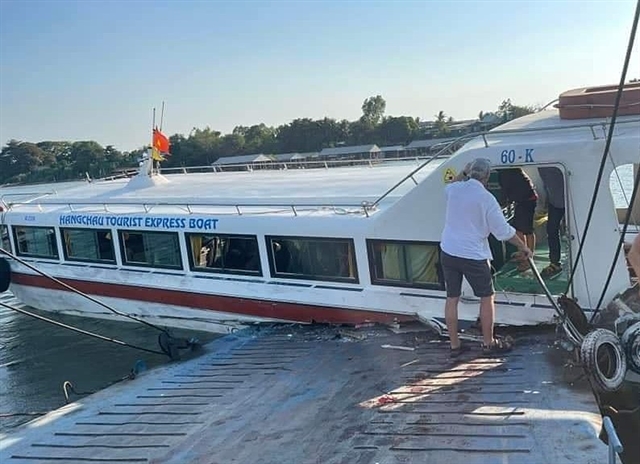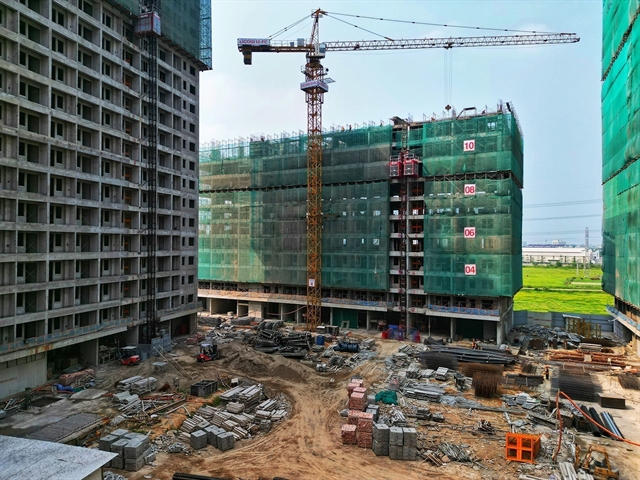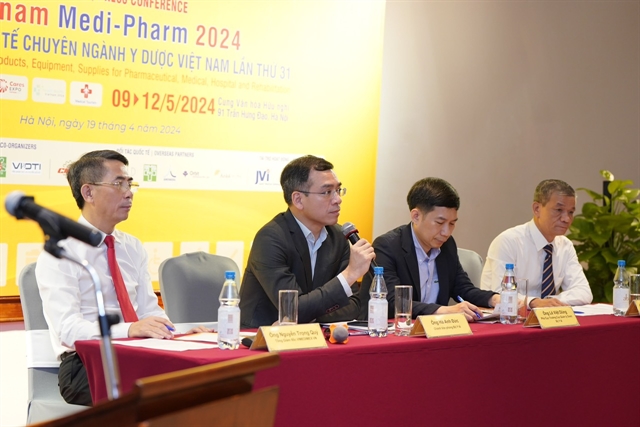 Life & Style
Life & Style

The embassies of Bulgaria and Italy yesterday hosted a conference to introduce two European capitals of culture, Plovdiv in Bulgaria and Matera in Italy.
 |
| Cultural capital: A view of Sassi di Matera, two districts of the Italian city of Matera. Photo www.mytoursapi.com |
HÀ NỘI — The embassies of Bulgaria and Italy yesterday hosted a conference to introduce two European capitals of culture, Plovdiv in Bulgaria and Matera in Italy.
The conference was part of the Việt Nam International Travel Mart (VITM).
Counsellor Tom Corrie of the Delegation of the European Union (EU) to Việt Nam said in the varied agenda of the VITM, it’s noteworthy that there is an increasing focus on Vietnamese outbound tourism.
“In my view, this is a reflection of the increased wealth and curiosity of the population and proof of the success of the country’s fast-paced economic development,” he said.
“In terms of outbound tourism, Europe has so much to offer, including a rich heritage with sport, gastronomy, language and culture,” said Corrie.
“Among them, culture is one of Europe’s clear strong points.”
Corrie introduced the European capitals of culture programme in which each year, two cities are chosen for this prestigious title. A year-long programme of high quality cultural events such as performances, concerts and exhibitions take place for locals and tourists.
This year, the two European capitals of culture are Plovdiv in Bulgaria and Matera in Italy.
The programme was first suggested by Greece in 1983 and the programme started in 1985. Since the beginning, the idea was to promote different European culture.
Now over 60 cities have been named as European cultural capitals and the programme is very well-known in Europe. Cities are chosen five years in advance, so they have a long time to prepare a programme and invest in infrastructure if needed.
“We introduce the programme to Vietnamese people and tourism experts for two reasons, firstly we think it’s an excellent programme for promoting cultural tourism which may give inspiration to Việt Nam. Secondly, we want to give an opportunity for you to learn more about Plovdiv and Matera. So you may consider visiting them.”
On the same day, the Delegation of the EU also announced a project to provide technical support to the Vietnamese tourism sector through an international technical team. The country’s tourism sector will be supported through a Tourism Development Fund and tourism destinations will become more competitive. The one-year project started last month. It comes at a critical time in order for Việt Nam to gain a favourable position in the changing world tourism market.
The project will undertake a consultation process with public institutions and the business sector. Upcoming activities include a series of events including public private dialogues, consultation workshops, training sessions and piloting of the Competitiveness Index in five priority tourism destinations of Hạ Long Bay, Hà Nội, Huế, Hội An and HCM City.
Key results of the project will be presented later in the year at a high-level event before being officially submitted to the Prime Minister. The key results include recommendations on the Tourism Development Fund, and Competitive Index model of tourism destinations and operation plan with a toolkit for implementation.
"We are supporting the Tourism Advisory Board (TAB) to work on the modalities for a Tourism Development Fund, which should help Việt Nam further improve its marketing and image as a fantastic tourism destination. We are also supporting the development of a Tourism Destination Competitiveness Index,” said Counsellor Corrie.
“The principle is that such a comparison tool will foster a spirit of friendly competition and encourage all tourism destinations to improve their services and environment over time."
TAB was established in 2012 as a result of EU support provided to the Việt Nam National Administration of Tourism (VNAT) and has been active in the promotion of tourism through a public-private partnership (PPP) model. — VNS









